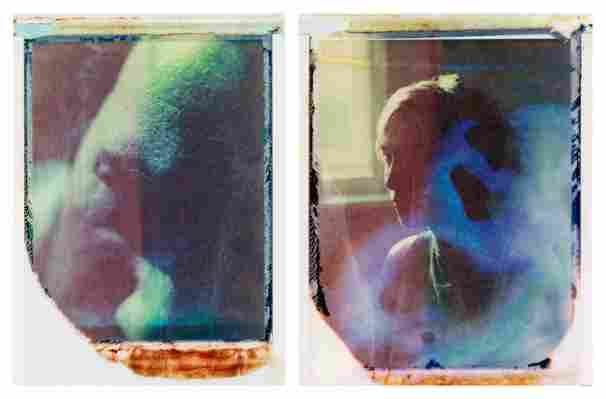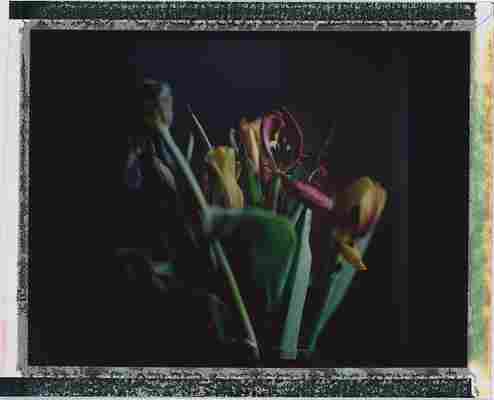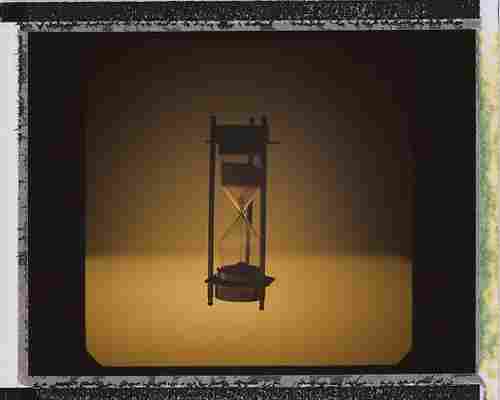In mid-March, days before Britain instituted a lockdown, I flew from my native Bermuda, where I’d been documenting the island’s diverse identity in a personal photo project, to my home in the London neighborhood of Bermondsey. My husband and I began to self-isolate.
Suddenly confined to our house and worried about the worsening Covid-19 outbreak, I picked up my camera and started taking Polaroid photographs—of my husband, myself and our surroundings. At first, I saw capturing these quiet domestic scenes as a way to get my mind off the outside world.



In this new reality, the repetition of unfamiliar routines that were intended to keep us safe—disinfecting all the groceries when we came home, washing my hands so much the skin began cracking—made me feel more anxious and frustrated.
So I started applying the chemicals that now seem to define our days to the images themselves. While the Polaroids develop, or soon after, I pour bleach, dishwashing liquid, hand sanitizer and other disinfectants onto them. Even when I take a photograph I don’t want to alter, I make myself do it as part of recording the surreal time we’re living through. This intervention is an effort to visualize the invisible forces that have been permeating our daily lives—from the lethal, microscopic coronavirus to our unseen, yet acutely felt, unease.
But it’s also a representation of the new and unknown world that will come out of this moment—perhaps we will emerge more connected and resilient than before.
